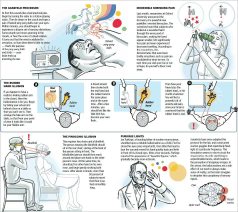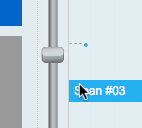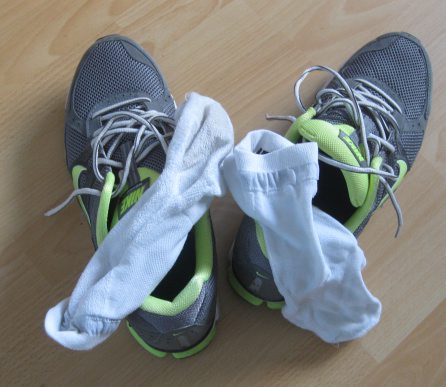 Yesterday I got back from HCI 2013, the British Human–Computer Interaction conference in Brunel: lovely people, stimulating papers, and ceilidh dancing to boot.
Yesterday I got back from HCI 2013, the British Human–Computer Interaction conference in Brunel: lovely people, stimulating papers, and ceilidh dancing to boot.
My first ever paper in computing1 “Abstract models of interactive systems” was in the first British HCI conference, although I didn’t go to the conference and it was presented by my co-author, Colin Runciman. Since then I have published and presented many of my favourite papers at HCI, including much of my early work on time in the user interface2. So the conference has many memories for me.
For various reasons I’d not attended much over a number of years. I don’t really know why, some years I’ve been external examining, some years not had money in the right pot at the right time, sometimes simply travelled too much in the year already. Happily for the last three years I have managed it, and, whenever I go, I come away feeling positive, encouraged, wanting to spend longer lingering.
I can’t help comparing this with CHI, which, in HCI, is the place to be. It similarly has many lovely people, albeit lost in a crowd of 2-3000, including many I would be unlikely to see any other time, and there is some wonderful stuff at CHI, I recall this year a demo by Japanese students wiring up forks to give tiny electrical stimuli as you eat that mimics the effects of saltiness and so helps you reduce salt intake in food, but, despite all this, I still always end up, at some stage of CHI, sitting in my room, feeling depressed, and thinking “I want to be home”.
I have a short attention span and the child’s love of novelty, and so the breadth of British HCI contributions is always so enjoyable … I actually go into paper sessions, and I am stimulated by them. CHI’s relative narrowness (in the past) of the concept of HCI as a field was one of the reasons I never published there in my early years; at that stage I was working mostly in formal methods in HCI and this simply fell outside the CHI imagination. To be fair this has changed dramatically, and now CHI has a very broad remit, I think of some of Bill Gaver’s papers over the years on the artistic/design side of HCI, hardly conventional; however, I still cannot imagine David England’s paper on Category Theory at this year’s HCI being accepted even in Alt-CHI.
It is always a little insidious to name high spots, but David’s paper was certainly one, although I am probably a little biased here as I am one of the few people to have actually used Category Theory in HCI3. I should also mention Janet Read’s description of stroppy teenagers and Juha Leino who made a study of the pedagogical use of five star vs binary recommendation systems fascinating.
I was at HCI primarily with a Talis hat on and so both the HCI education session at the conference (including Leino’s paper) and the HCI educator’s workshop, were particularly important. At HCI educators I was particularly struck by Helen Sharp’s contribution telling us about the cultural differences between both students and educators on the same OU course taught in Botswana and UK. Also I lead a short discussion on MOOCs partly reporting on my own experiences in delivering HCIcourse.com and partly using that as a means to stimulate discussion of the role of MOOCs vis-a-vis (so to speak) conventional face-to-face teaching.
If you are interested in teaching using materials from HCIcourse.com, or would like to share our own learning materials, do get in touch. If you want to study the course yourself it is still available at HCIcourse.com and will soon relaunch at interaction-design.org.
Next year’s HCI conference will be in Southport, hosted by the ChiCi group at UCLAN. Submit a paper, run a workshop, or simply come and join HCI at the seaside!
- I had previously published in agricultural engineering research when I worked at the National Institute of Agricultural Engineering.[back]
- Time papers at HCI: HCI’87 — “The myth of the infinitely fast machine“; HCI’92 — “Pace and interaction“; HCI’94 — “Que sera sera – The problem of the future perfect in open and cooperative systems“.[back]
- I worked with Roberta Mancini and Stefano Levialdi in Rome in the late 1990s on undo systems, and Roberta used Category Theory in her thesis to prove uniqueness properties of certain classes of undo systems. If I recall right, the Category theory itself was only in the thesis, but the machinery leading into it was described in “The cube – extending systems for undo“.[back]








